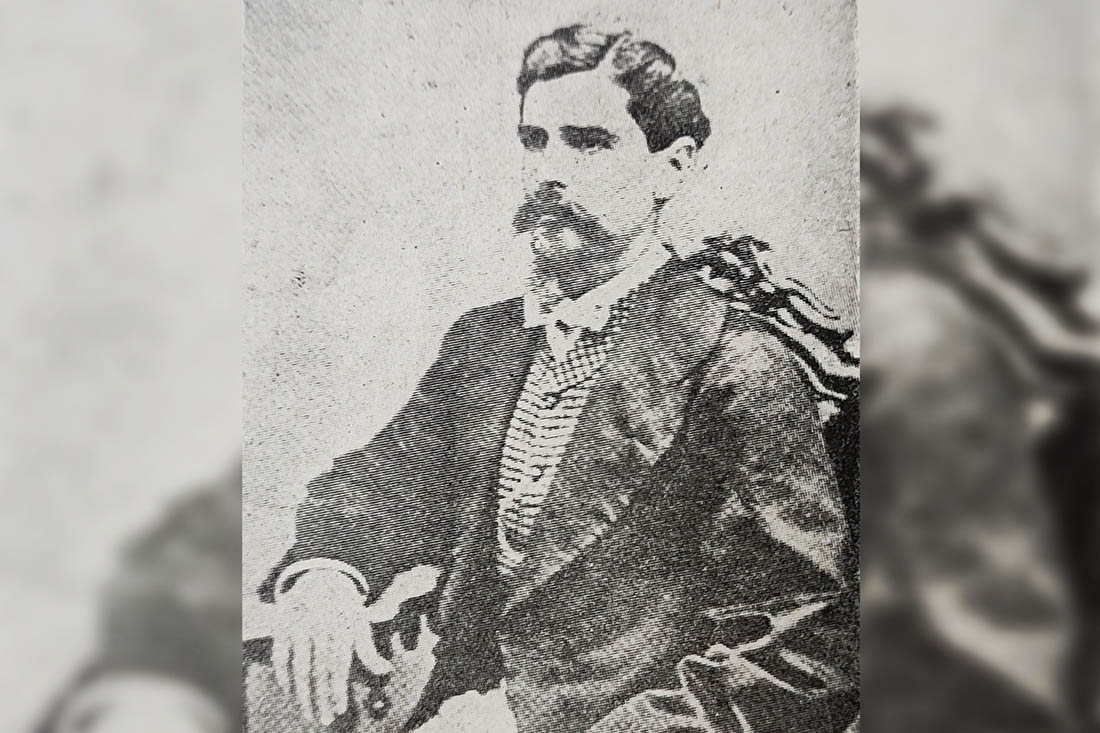His parents were the intellectual and lawyer Manuel de Jesús Arango y Ramírez, and the no less renowned Ana Isabel Agüero y Perdomo, whose surnames were intertwined by family endogamy with the second Count of Villamar José Fernando Hernández y Perdomo; and the princely patriot Joaquín de Agüero y Agüero, his relative who founded the Sociedad Libertadora, whose objective was to conspire against the absolutist government and in which he would become the protagonist of the anti-colonial armed uprising in 1851.
It is worth knowing that Manuel de Jesús Arango was the brother of the court attorney José Agustín Arango who joined the Cadena Triangular league, a non-Masonic society homologous to Soles y Rayos de Bolívar and in which he played an active role that would bring him closer to the Liberator Bolívar, among other merits earned on the stage of Latin American struggles; something of which it is certain Augusto Arango must have known by hearsay, as well as his brother Aurelio and Napoleon, all enrolled in the independence outbreak of Camagüey, in 1868.
So the home would exercise a significant influence in the formation of his first ideas about freedom, justice, the revolution, the homeland, the individual… By the way, “Casa de los Arango” that came to be controlled by the colonial authorities in the 1820s, due to the development of chain boards with conspiratorial purposes, using for this purpose its managers of cockfights fought in the backyard of the dwelling, located on Soledad street no. 16.
The ideas that led him to the Cuban struggles
The Executive Military Commission had already sentenced him to death, however, Augusto Arango did not fear absolute power because he carried in his conscience the teachings of courage, justice and freedom of his father, and the example of struggles of his Bolivarian uncles. Then he would follow the independence precursor Joaquín de Agüero to the revolutionary field, an outbreak in which at the head of one of the platoons with the rank of corporal he would be about to lose his life after being shot and left for dead by the Spanish. Miraculously coming out of the armed set and after the surgery that saved him in the United States, he would return to Camagüey to lead the young people of the Lyceum and fight with billiard cues and batons with the soldiers and the urban police, in June 1866.
Two years later he would again conspire to see Cuba free, swearing allegiance to the Revolutionary Junta of Puerto Príncipe, the Revolutionary Committee of Camagüey and the Assembly of Representatives of the Center, and to the Marquis Salvador Cisneros and Ignacio Agramonte Loynaz. Precisely together with the Marquis he would travel to the Muñoz farm in Las Tunas, to draw up strategic plans between people from the East and Camagüey. From here, with a handful of brave men, he would attack and take the town of Guáimaro, on November 4th, 1868. He would be one of those attending the assembly of patriots of the Paradero de Las Minas, on November 26th, an appointment in which Major Ignacio Agramonte will save the Revolution. Two days later, Arango attacked a Spanish column led by the Count of Valmaseda. And he would serve as the person in charge of the Military Headquarters of the Camagüey Division, until December 31st, when he moved his headquarters to La Atalaya farm, near El Bagá de Nuevitas.
So far it would be enough to ponder the attitude, courage and commitment of this patriot to fight for Cuban freedom and independence; -with pain to know-, that he would mistake that brilliant performance for falling, -naively, not because of foolishness or clumsiness-, into the trap, the simulation and the vileness of the betrayal laid out by his brother Napoleon, which would disturb and confuse him by zigzagging his attitude so far sincere and pure to redeem Cuba, to die assassinated by the enemy.
Translated by: Aileen Álvarez García






